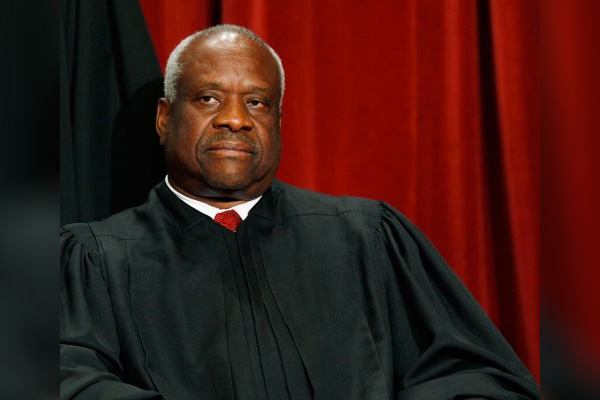
Supreme Court Justice Clarence Thomas Supports State Right to Recognize Religion
Justice Clarence Thomas has rocked a few boats in the wake of the Supreme Court’s recent decision in Town of Greece v. Galloway, allowing public prayer to continue in local council meetings. The Court ruled that governmental bodies have historically acknowledged religion, so it is acceptable to begin a public meeting with a prayer. In his supporting opinion, Justice Thomas hints that this decision, while proper, may not actually go far enough. Critics, on the other hand, are crying foul over feeling religious persecution in the public arena. What is really going on here to elicit such passionate responses, especially to Justice Thomas’ opinion?
Separation of church and state
Religious freedom was a sensitive area for the Founding Fathers as they crafted the Constitution. The new nation they were birthing had come to this point because a group of people had broken off from a religiously driven government in an effort to find a home for free expression of their faith. They meant to be inclusive. As these Founders sought to extend this freedom to all regardless of faith, they declared in the First Amendment “Congress shall make no law respecting an establishment of religion.” This law has been at the center of the concept that the government and religion should remain separate.
Justice Clarence Thomas
Justice Thomas, who wrote a supporting opinion for the Greece v. Galloway decision, argues that the Establishment Clause applies only to federal government, and that state and municipal governments retain the power to recognize a local religion if they want. He cites as evidence the fact that several of the states actually had established religions, in some cases with taxation laws supporting the church, at the time of the framing of the Constitution.
He goes on to assert that while the federal government protects the individual’s right to religious freedom, it is restrained by the Establishment Clause from even speaking to the right of states and municipalities to establish religion or allow prayer in public meetings. This opinion is unique within the court, but remains consistent with other opinions he has written over the years regarding the First Amendment.
Underlying Issues
James Madison, Founding Father, passionately defended a complete separation of religious language from any publicly funded and endorsed venue. He felt this separation was necessary to show respect for the very name of God.
In today’s political climate, some question the Court’s decision, calling it weak with no practical guidance for how to enforce it constitutionally. Others wonder if it could pave the way toward marginalizing religious minorities attempting to approach the legislature as equal members of the constituency.
Yet the Supreme Court indicates an awareness of the delicacy required here. The decision notes that the municipality at the heart of the case has made a concerted effort to represent prayers from a variety of religions, making no restraint on the content of the invocation. In addition, the actual decision merely upholds the right of a municipal body to have the same freedom as is already enjoyed by Congress and state government.
The tension in this decision comes down to one’s interpretation of religious freedom. Are we trying to protect the freedom of the religious to express their faith, or are we protecting the freedom of all not to have to hear it? Justice Clarence Thomas appears to speak to the first interpretation while many vocal critics appear more interested in defending the second.
The more interesting outcome of this decision will be to see what sort of precedent it creates, and in what direction it steers the ongoing conversation about the place of faith in the public arena.
